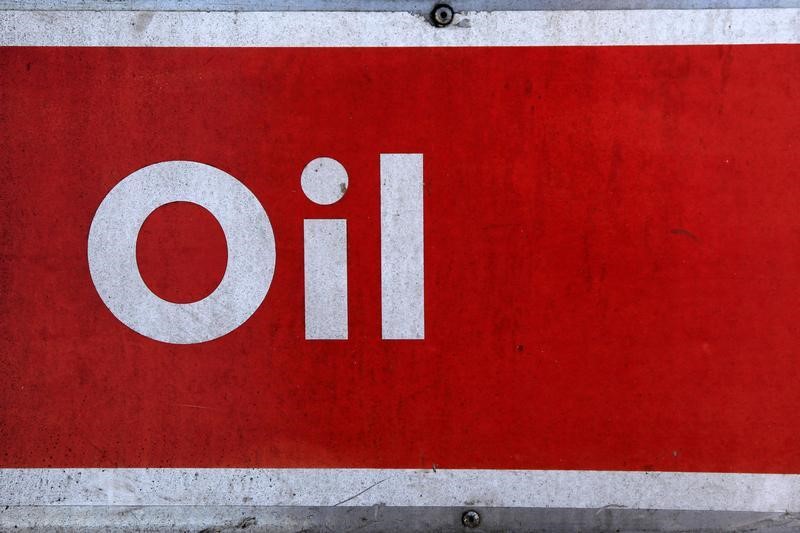Investing.com - Crude oil prices were mixed on Monday, as markets were both evaluating the impact of mounting tensions in the Middle East and rising production in the U.S.
The U.S. West Texas Intermediate crude December contract was up 6 cents or about 0.11% at $56.81 a barrel by 09:50 a.m. ET (13:50 GMT), still within close distance of the previous week's two-year peak of $57.92.
Elsewhere, Brent oil for January delivery on the ICE Futures Exchange in London was down 17 cents or about 0.22% at $63.35 a barrel, not far from last Wednesday's two-year high of $64.64.
Prices came under pressure after oilfield services firm Baker Hughes said on Friday that the number of active U.S. rigs drilling for oil rose by nine to 738 last week. It was the biggest jump since June, sparking concern that U.S. shale producers will ramp up output with prices holding near 28-month highs.
The weekly rig count is an important barometer for the drilling industry and serves as a proxy for domestic oil production.
But the commodity remained supported by potential supply disruptions in the Middle East amid escalating tensions between Saudi Arabia and Iran.
Saudi Arabia is among the world’s top producers of oil and OPEC’s most influential member.
Oil prices are also still supported by optimism that oil producing countries will agree to extend an output cut at their meeting at the end of this month.
Under the original terms of the deal, OPEC and 10 other non-OPEC countries led by Russia agreed to cut production by 1.8 million barrels a day (bpd) for six months. The agreement was extended in May of this year for a period of nine more months until March 2018 in a bid to reduce global oil inventories and support oil prices.
Discussions are continuing in the run-up to the Nov. 30 meeting, which oil ministers from OPEC and the participating non-OPEC countries will attend.
Elsewhere, gasoline futures were down 1.38% at $1.807 a gallon, while natural gas futures lost 1.43% to $3.167 per million British thermal units.
